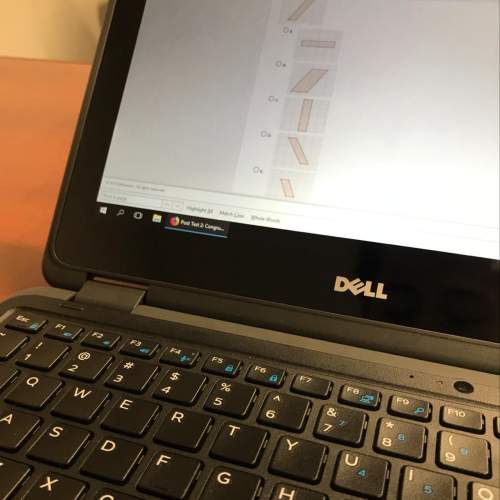
Mathematics, 16.09.2019 20:20 jazzilove710
Let p and q be polynomials with positive coefficients. consider the limit below. lim x→[infinity] p(x) q(x) (a) find the limit if the degree of p is less than the degree of q. 0 (b) find the limit if the degree of p is greater than the degree of q.

Answers: 1


Another question on Mathematics

Mathematics, 21.06.2019 12:30
Danny draws a transversal, t, on two parallel lines ab and cd, as shown below: he makes the following table to prove that the alternate interior angles are equal: which is the missing justification? (6 points) corresponding angles formed by a transversal on parallel lines are supplementary. corresponding angles formed by a transversal on parallel lines are congruent. co-interior angles formed by a transversal on parallel lines are congruent. co-exterior angles formed by a transversal on parallel lines are congruent.
Answers: 1


Mathematics, 21.06.2019 23:00
Which rectangle if translated 6 units right and 16 units down and the rotated 90° clockwise about the point (4, -11) will result in rectangle e?
Answers: 2

Mathematics, 22.06.2019 00:00
Answer asap! show all work! find the number of complex roots, the possible number of real roots and the possible rational roots of the polynomial function. then, solve for all roots. x^3 + 2x^2 + 3x + 6 = 0
Answers: 1
You know the right answer?
Let p and q be polynomials with positive coefficients. consider the limit below. lim x→[infinity] p(...
Questions

Mathematics, 12.04.2021 21:30

Physics, 12.04.2021 21:30

English, 12.04.2021 21:30


Mathematics, 12.04.2021 21:30


Business, 12.04.2021 21:30

Mathematics, 12.04.2021 21:30

Mathematics, 12.04.2021 21:30

English, 12.04.2021 21:30

Biology, 12.04.2021 21:30

Biology, 12.04.2021 21:30

Mathematics, 12.04.2021 21:30


Social Studies, 12.04.2021 21:30


Mathematics, 12.04.2021 21:30

Mathematics, 12.04.2021 21:30


Spanish, 12.04.2021 21:30

 then you can use the following proof.
then you can use the following proof. and
and  be the given polinomials. Then
be the given polinomials. Then 






